Understanding coffee origins, both the topographical and ecological conditions that create terroir and the sociopolitical conditions that inform production infrastructure, often requires a quick history and geography orientation lesson. In the case of Sumatra, those lessons are not so quick. Contextualizing the Sumatran supply chain, and the coffees produced by it, begins by understanding the scale of the Indonesian archipelago, one of South Asia’s population centers and the site of some of the world’s largest and smallest islands.
Indonesia’s Geography
Sumatra is one of the 17,000 islands in the archipelago that comprises the country of Indonesia. These islands span more than 5,000 km from east to west. The 48 US states, as the crow flies from either Maine to Southern California or Washington state to Florida, cover about 4,300 km. The European Union, from Southern Spain to Northern Finland, covers around 4,200 km and Brazil, north to south, spans about 3,700 km. From Sumatra, the westernmost of Indonesia’s islands and the sixth largest island in the world, to Papua, the easternmost point of Indonesia sharing an island with Papua New Guinea, the distance is over 5,200km. The Pacific Ocean is massive, and its archipelago nations like Indonesia move people and products by land, air, and sea between their many islands and the cultures, climates, and traditions they contain.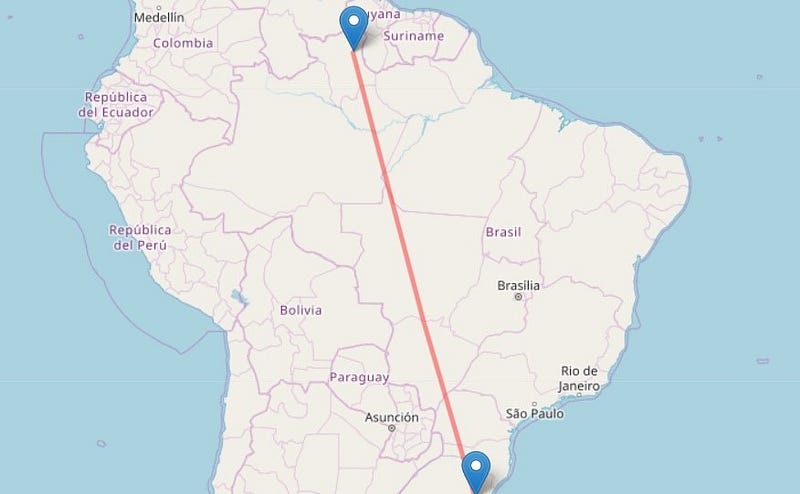
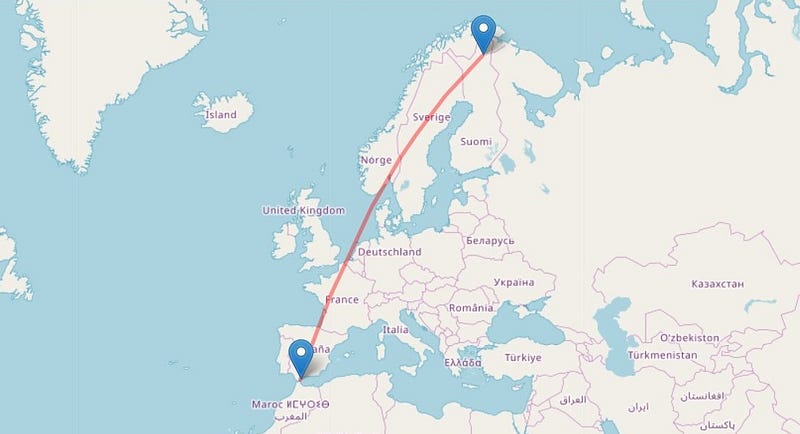
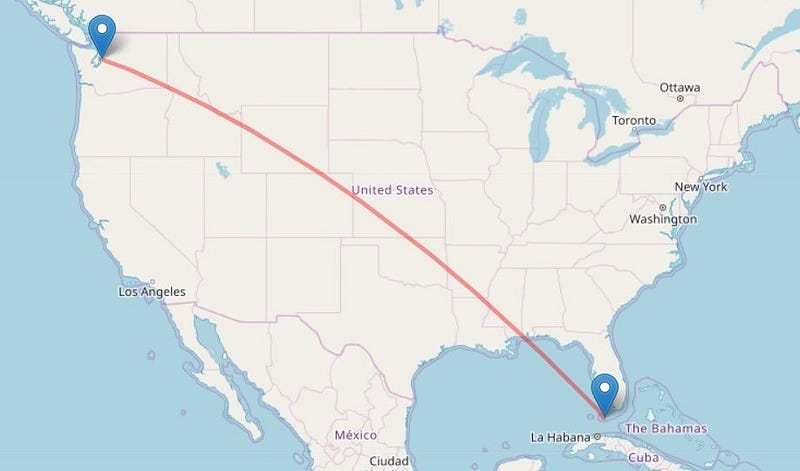 Brazil north to south, Europe, continental US
Brazil north to south, Europe, continental US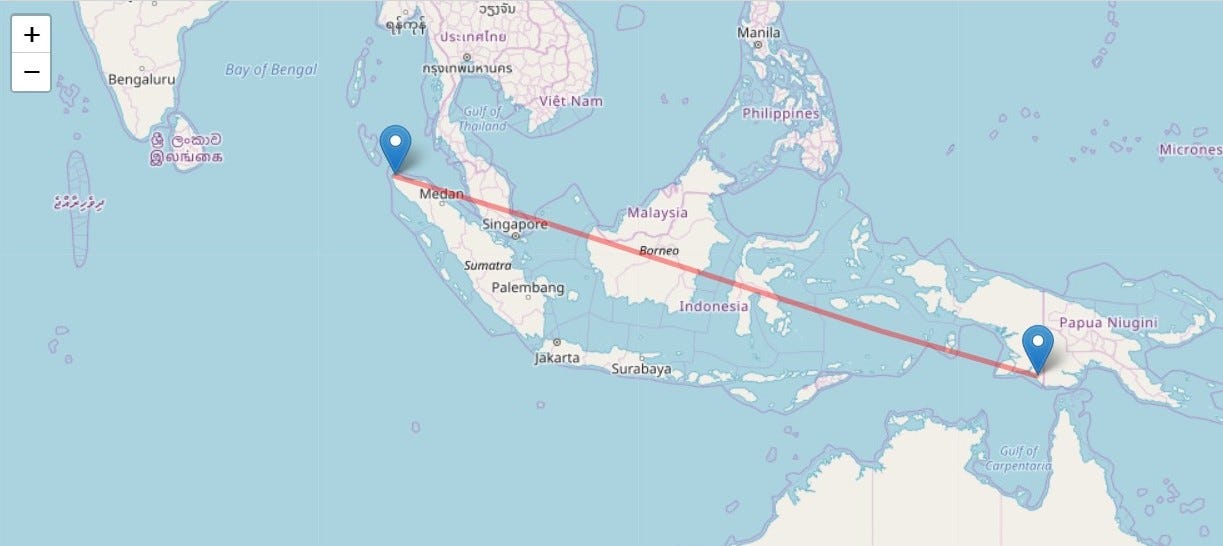 Indonesian archipelago, from Aceh Banda to Merauke in Papua
Indonesian archipelago, from Aceh Banda to Merauke in Papua
Nearly all of Indonesia’s principal islands grow coffees, and the differences between each are significant. The coffee regions of Sumatra are removed from the island’s urban areas (for example, it’s almost a 10-hour drive from Takengon in Aceh to the commercial city of Medan), but the island of Sumatra and the country of Indonesia are among the largest in land area and in population size of the world’s coffee producing origins.
With more than 263 million residents, Indonesia is the 4th most populous country on earth after China, India, and the United States, with Brazil coming in next in 5th. Indonesia’s capital city of Jakarta, on the island of Java, is by far the country’s largest, with more than 10 million people; the island of Sumatra is home to more than 42 million.
Sumatra’s Topography
The Barisan Mountains, known as Bukit Barisan, run along the southwestern coast of Sumatra for the full length of the island. These volcanic mountains provide the rich soil coffee farming thrives on. The equator passes through Sumatra right at its north-south midpoint; this equatorial location provides equal hours of sunlight year-round, also an optimal climate condition for coffee cultivation.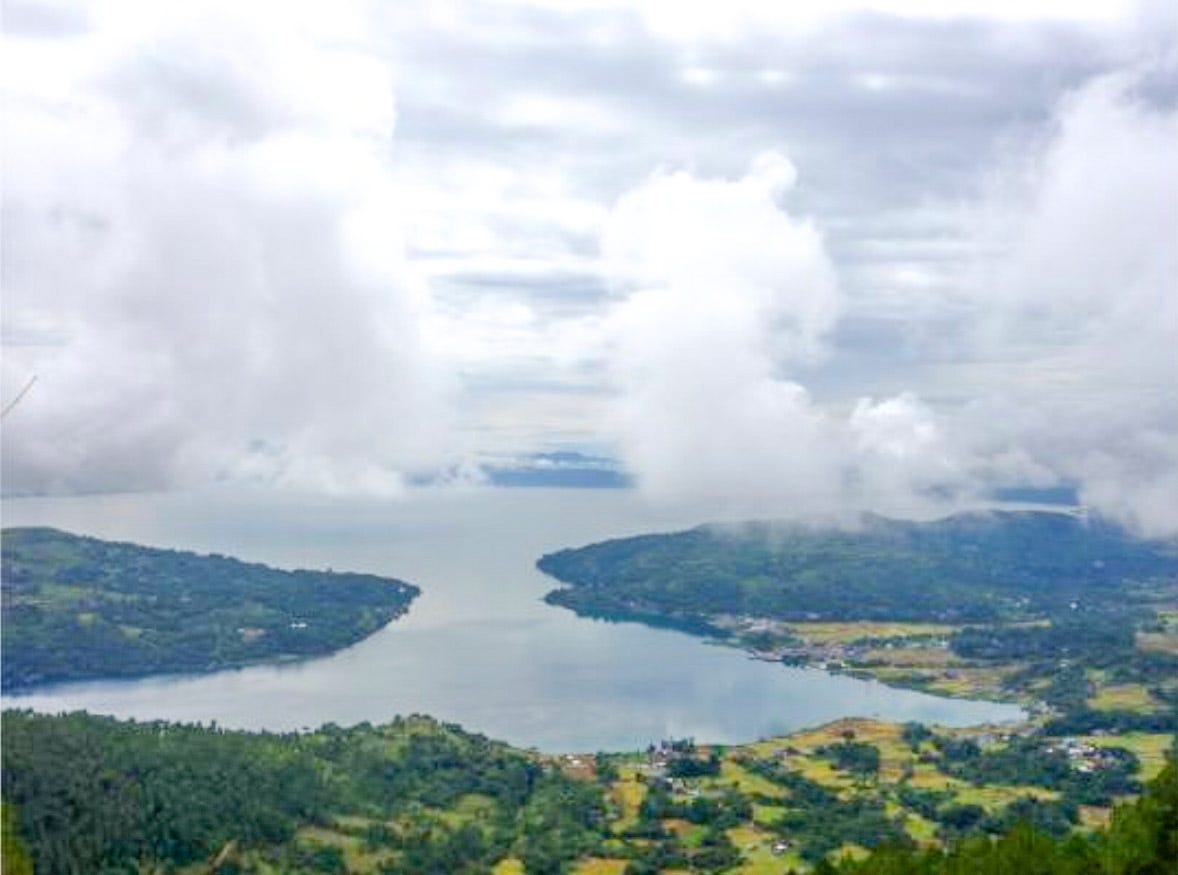 Lake Toba in North Sumatra
Lake Toba in North Sumatra
Sumatra is naturally covered in lush rainforest that makes it one of the most biodiverse places on the planet, but palm oil and other industries have been aggressively deforesting the island, causing destruction to natural ecosystems of plants and animals — including endangered species of big cats, bears, and orangutans — as well as causing severe health hazards to people through air pollution from burning felled trees and water pollution through contamination. Coffee farming is comparatively low-impact and can be conducted under the cover of shade trees, leaving more important natural resources and habitats intact.
Coffee Regions — Aceh
At the westernmost end of Sumatra is the province of Aceh, a semi-autonomous region home to more than 5 million people. Islam first entered what is now Indonesia though Aceh in the thirteenth century. The area remained under the rule of Islamic Sultanates until the arrival of the Dutch East India Company in the early 1600’s; the Dutch are responsible for starting the cultivation of coffee in Indonesia and first delivered “Java coffee” to Europe in 1719. Coffee did not arrive to Sumatra until the 1800’s, at which the point the Dutch East India Company had gone bankrupt and its possessions been nationalized. Local residents continued to farm coffee as an export cash crop.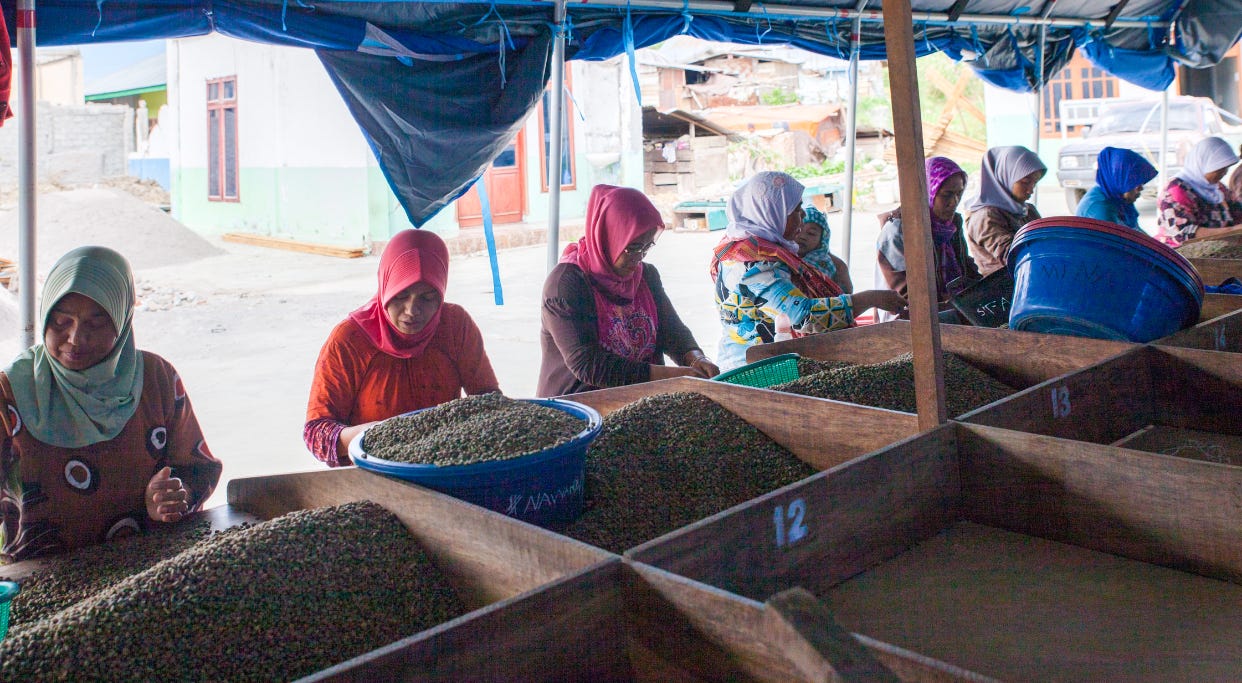 Hand sorting coffee in Aceh.
Hand sorting coffee in Aceh.
Due to its strong Islamic legacy, the province of Aceh resisted incorporation into the country of Indonesia when it declared independence as a nation in 1945. Several periods of rebellion and separatist movements culminated in peace agreements in 2004, and, since then, the resulting reduction in violence has spelled an increased focus in cooperative organization for coffee production.
The area around Lake Takengon, in the middle of Aceh province, is particularly well-suited for growing organic coffee. More than 2,000 members make up the Koperasi Buana Mandiri cooperative in the Bener Meriah Regency of Aceh, certified both Fairtrade and Organic since 2015. While the member farmers live and produce coffee higher in the mountains, the main cooperative office and warehouse are in the small city of Takengon, situated at the western shore of the lake. As the only city on its shores, the unbroken view from Takengon of the rest of the lake is a picturesque reminder of Sumatra’s natural beauty.
Coffee Regions — North Sumatra
North Sumatra is the next province to the southeast of Aceh. Its most remarkable natural feature is Lake Toba, formed by a volcanic crater at the center of the province. The highlands surrounding the lake are owned and farmed by smallholders, many of whom belong to the Batak tribe. Mandailing is one of the many Batak languages, and from this name “Mandheling” became the term applied by early buyers of coffee from the area for both the area itself and as an origin descriptor of the coffee, Sumatra Mandheling.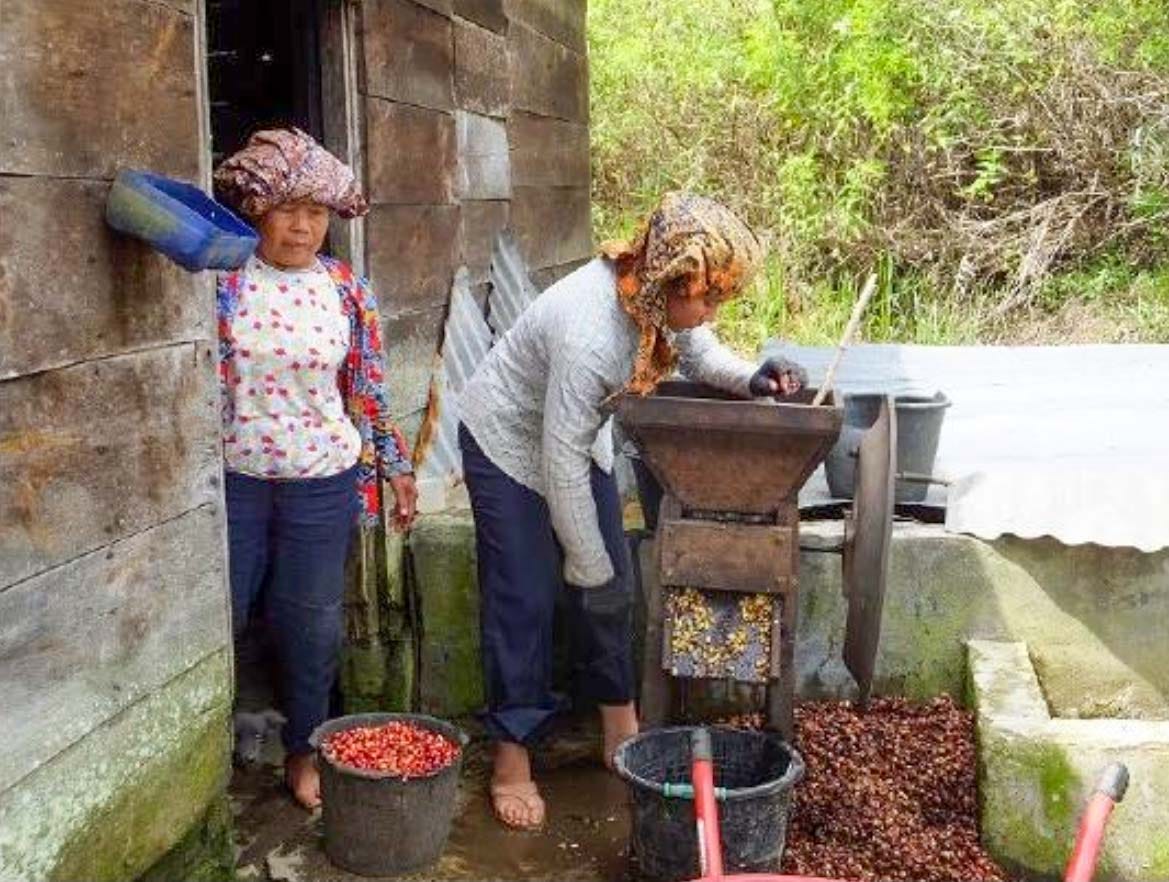 Batak producers Ibu Siregar and her daughter hand depulping coffee.
Batak producers Ibu Siregar and her daughter hand depulping coffee.
Indonesia is home to speakers of more than 50 languages and to nearly as many ethnic groups and tribes. There are also many descendants of immigrants and migrants from nearby Asian countries like Malaysia, India, Sri Lanka, and Thailand. Indonesia is rich with cultural diversity and also with traditions of farming and fishing in and around Lake Toba. The North Sumatra province is home to more than 14 million people.
Sumatra in the Cup
Sumatran coffees are distinguishable on the cupping table for their low acidity, full body, and notes of cedar, clove, dried fruit, molasses, and earthy as well as the nuts and milk chocolate flavors familiar in Latin American coffees.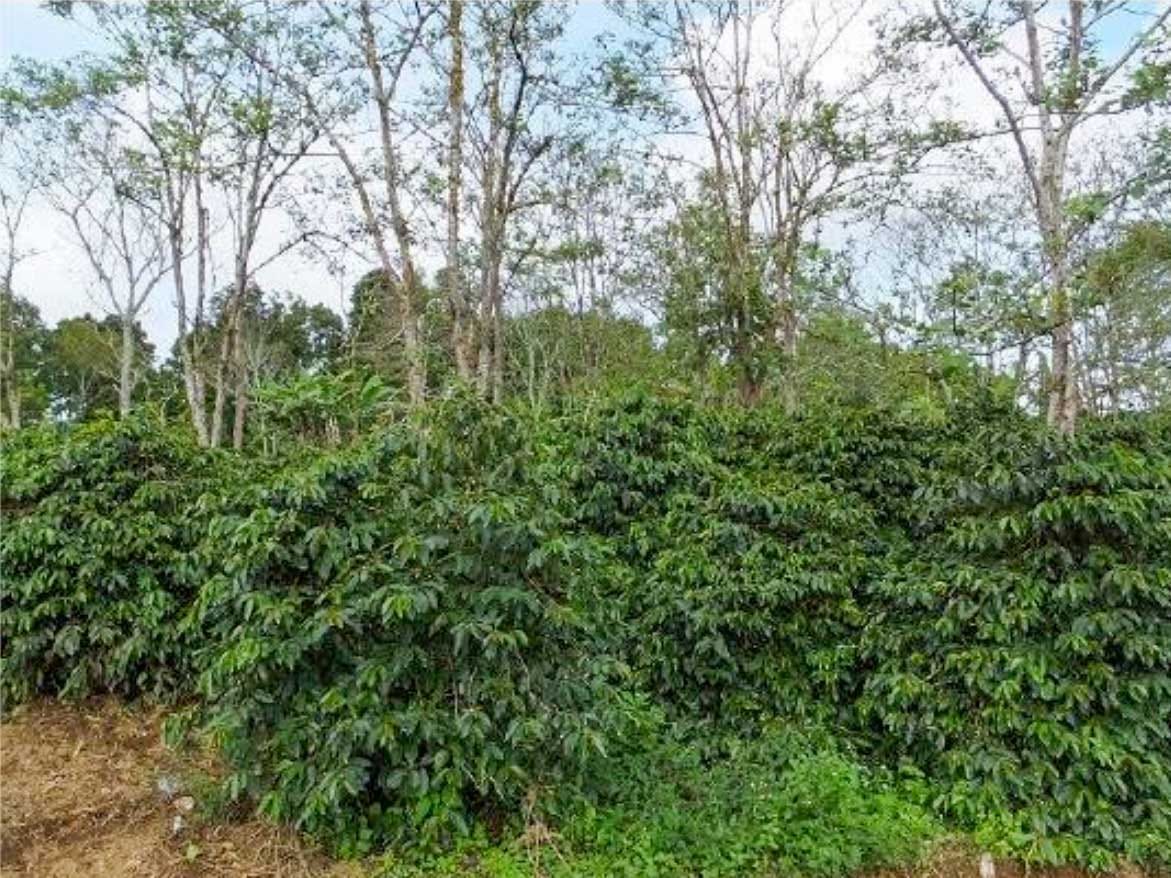 Leguminous lamtoro trees serve as shade and erosion control when intercropped with coffee.
Leguminous lamtoro trees serve as shade and erosion control when intercropped with coffee.
Also called Tim Tim, the Timor Hybrid and its crosses with Caturra, Catimor, are commonly cultivated varieties. The island of Timor, where the Timor Hybrid was first discovered as a natural cross between Arabica (Coffeea arabica) and Robusta (Coffea canephora) species in the 1920's, is part of the Indonesian archipelago (with the eastern half of the Timor island becoming the independent country of East Timor in 2002). These hearty trees produce strongly flavored beans with the full body that makes Sumatra a versatile origin for blends, many roast levels, and as espresso. Other common varieties include Rasuna and Gayo. Varietal blends contribute to the complexity and depth of Sumatran coffee.
Koperasi Buana Mandiri cooperative in the Bener Meriah Regency of Aceh, smallholder Batak farmers of in Humbang Hasunduntan Regency of North Sumatra, and exporter Greenfolia in Medan all work together to process coffees that are well sorted, clean, uniform, and cupped repeatedly to ensure the highest quality. Ally has been working with our partners in Indonesia for many years. We are excited to offer both Fairtrade Organic and Triple Pick Sumatran coffees on the east and west coasts of the United States. Request samples on our site and Contact Us to learn more!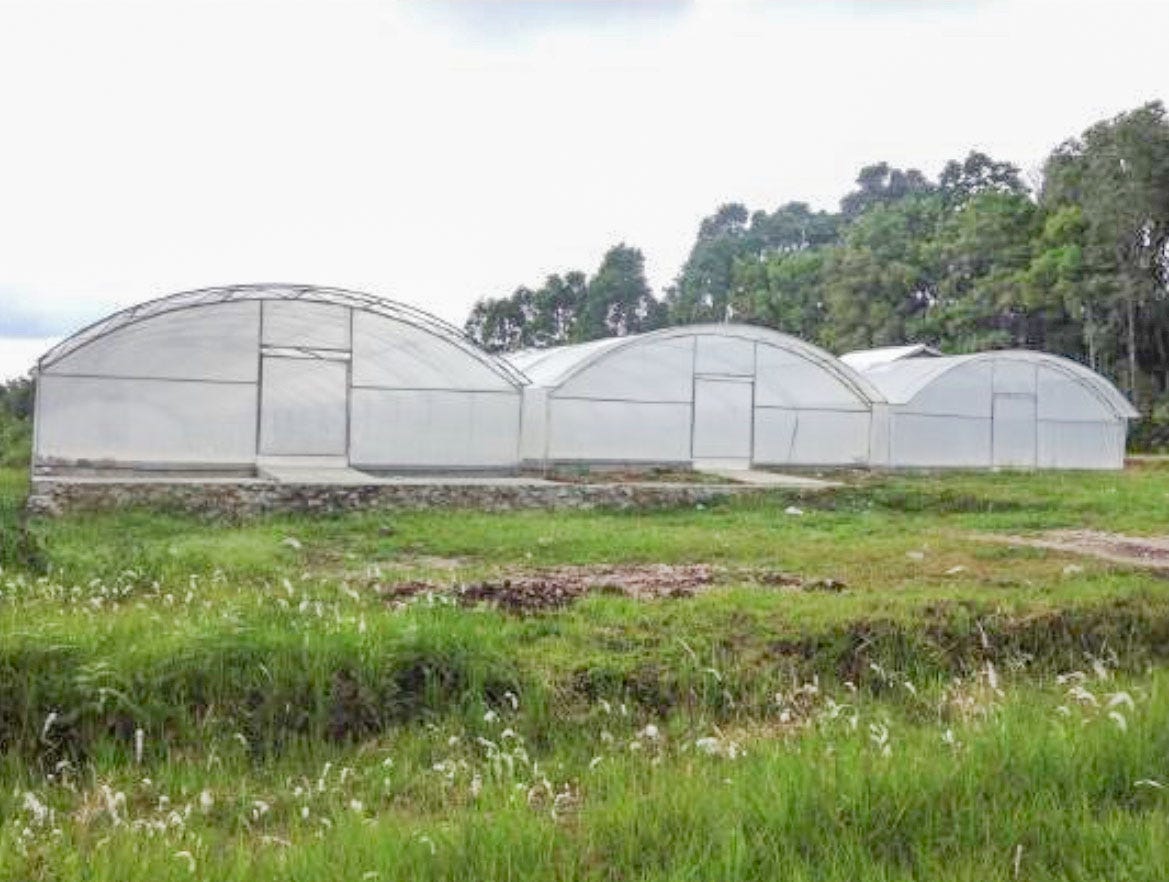 Solar coffee drying domes.
Solar coffee drying domes.
Ally Coffee is a team of farmers, traders, baristas, writers, and educators committed to moving coffee forward through knowledge, inspiration, and guidance.

